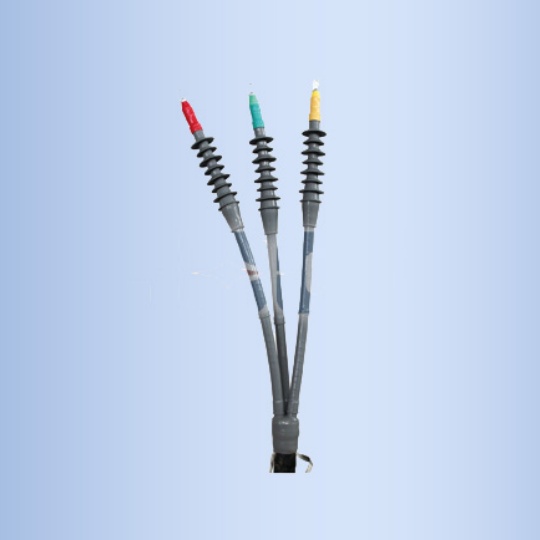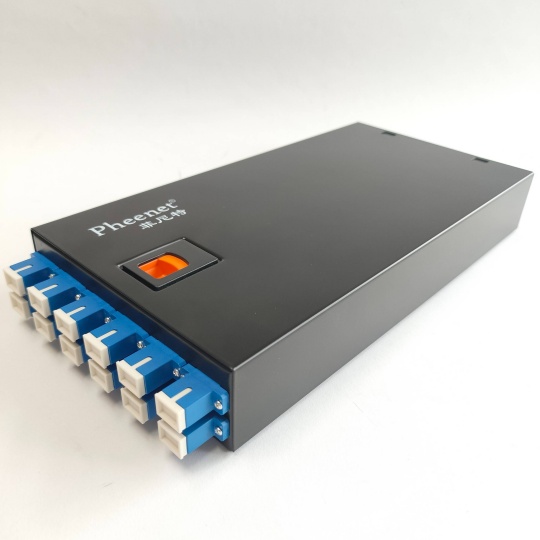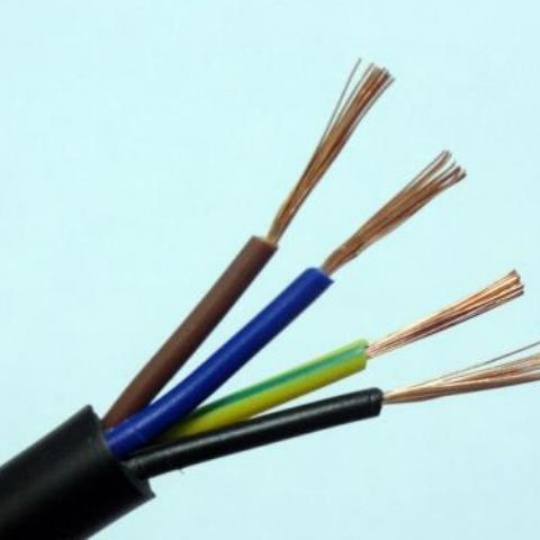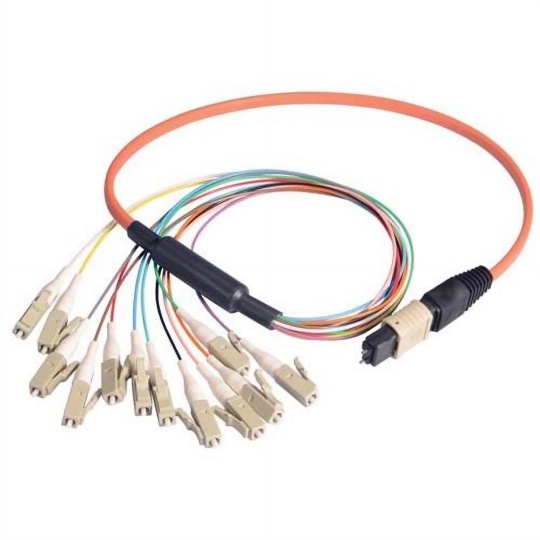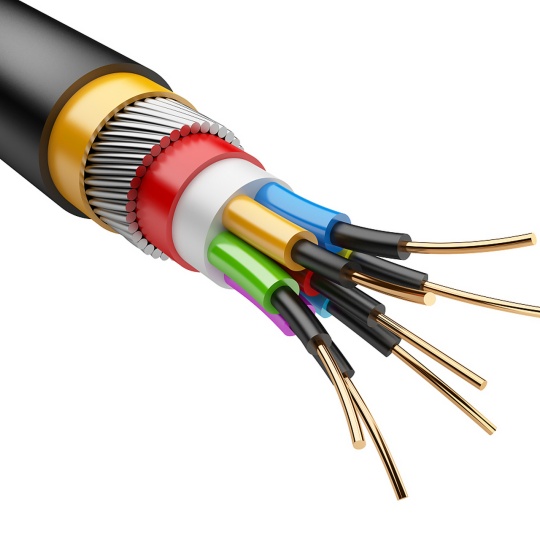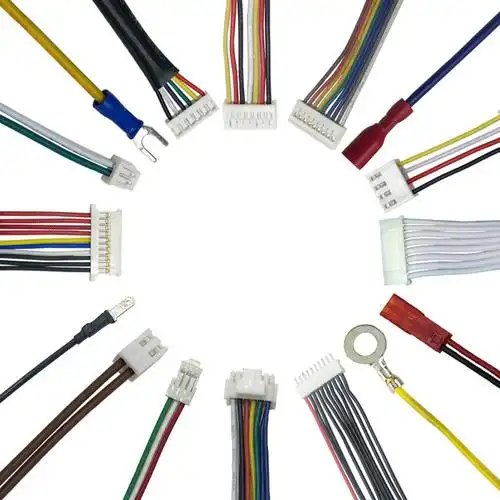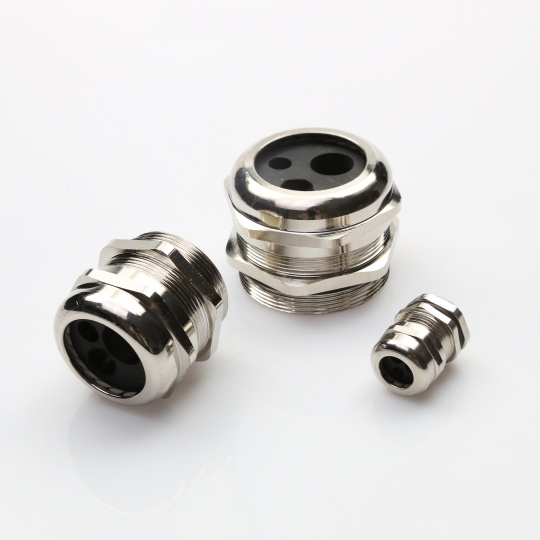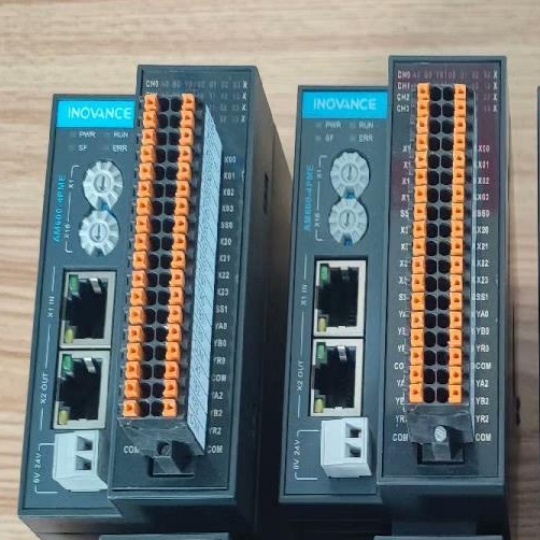Robotics Boost Cable Assembly Precision
In today’s fast-paced manufacturing world, precision is non-negotiable—especially in industries like aerospace, automotive, and electronics, where a single faulty cable can lead to system failures or safety risks. Traditional cable assembly processes often struggle to meet the growing demand for accuracy, speed, and scalability. Enter robotics: a game-changing solution that’s transforming cable assembly precision while cutting costs and boosting efficiency. In this article, we’ll explore how robotics elevates cable assembly quality and provides actionable solutions for manufacturers.
The Challenges of Traditional Cable Assembly
Manual cable assembly relies heavily on skilled labor, but even experienced technicians face limitations:
- Human error: Misaligned connectors, inconsistent crimping, or wiring mistakes.
- Slow throughput: Hand-assembling complex cables limits production speed.
- High costs: Labor expenses and rework due to defects eat into profits.
- Scalability issues: Meeting large orders becomes a logistical headache.
These challenges highlight the need for smarter, repeatable processes—and robotics delivers exactly that.
How Robotics Enhances Cable Assembly Precision
Robotic systems bring unmatched consistency and accuracy to cable manufacturing. Here’s how they solve key problems:
1. Micrometer-Level Accuracy
Robotic arms equipped with advanced vision systems can position wires, connectors, and terminals with precision down to fractions of a millimeter. This eliminates errors caused by hand fatigue or misalignment.
2. Repeatable Quality
Once programmed, robots perform tasks identically every time. Whether producing 10 or 10,000 cables, each unit meets the same high standards.
3. Complex Cable Configurations
Modern robotics handle intricate tasks like multi-wire harness assembly, braiding, and custom terminations—tasks that are error-prone and time-consuming for humans.
4. Faster Cycle Times
Automated systems work 24/7 without breaks, slashing production timelines. For example, a robot can crimp connectors in seconds versus minutes for manual work.
5. Reduced Waste
Precision assembly minimizes material waste from defects. Real-time sensors also detect issues early, preventing costly batch recalls.
Real-World Applications of Robotic Cable Assembly
- Automotive: Robots assemble EV charging cables and ADAS (Advanced Driver Assistance Systems) harnesses with zero tolerance for defects.
- Medical Devices: High-precision surgical tool cables require sterilization-resistant connections, achievable only through automation.
- Aerospace: Robots meet strict FAA/ISO standards for avionics wiring, ensuring reliability in extreme conditions.
- Consumer Electronics: From USB-C cables to wearable tech, automation ensures durability across millions of units.
Implementing Robotics: A Step-by-Step Guide for Manufacturers
Adopting robotic systems doesn’t have to be overwhelming. Follow these steps to get started:
- Assess Your Needs: Identify pain points (e.g., high defect rates, slow throughput) and prioritize automation goals.
- Choose the Right System: Collaborate with robotics providers specializing in cable assembly (e.g., KUKA, ABB, or Yaskawa). Look for features like force feedback, 3D vision, and flexible end-effectors.
- Integrate with Existing Workflows: Use modular robots that fit into current production lines without major overhauls.
- Train Your Team: Upskill technicians to program and maintain robotic systems. Many providers offer training programs.
- Monitor and Optimize: Use data analytics from robotic sensors to refine processes and predict maintenance needs.
The Future of Cable Assembly: AI and Collaborative Robots (Cobots)
Emerging technologies are taking precision even further:
- AI-Driven Quality Control: Machine learning algorithms analyze assembly data to predict and prevent defects.
- Cobots: Lightweight collaborative robots work alongside humans, combining automation’s precision with human problem-solving for custom or small-batch orders.
- Digital Twins: Simulate cable assembly processes virtually to optimize robot programming before physical production.


